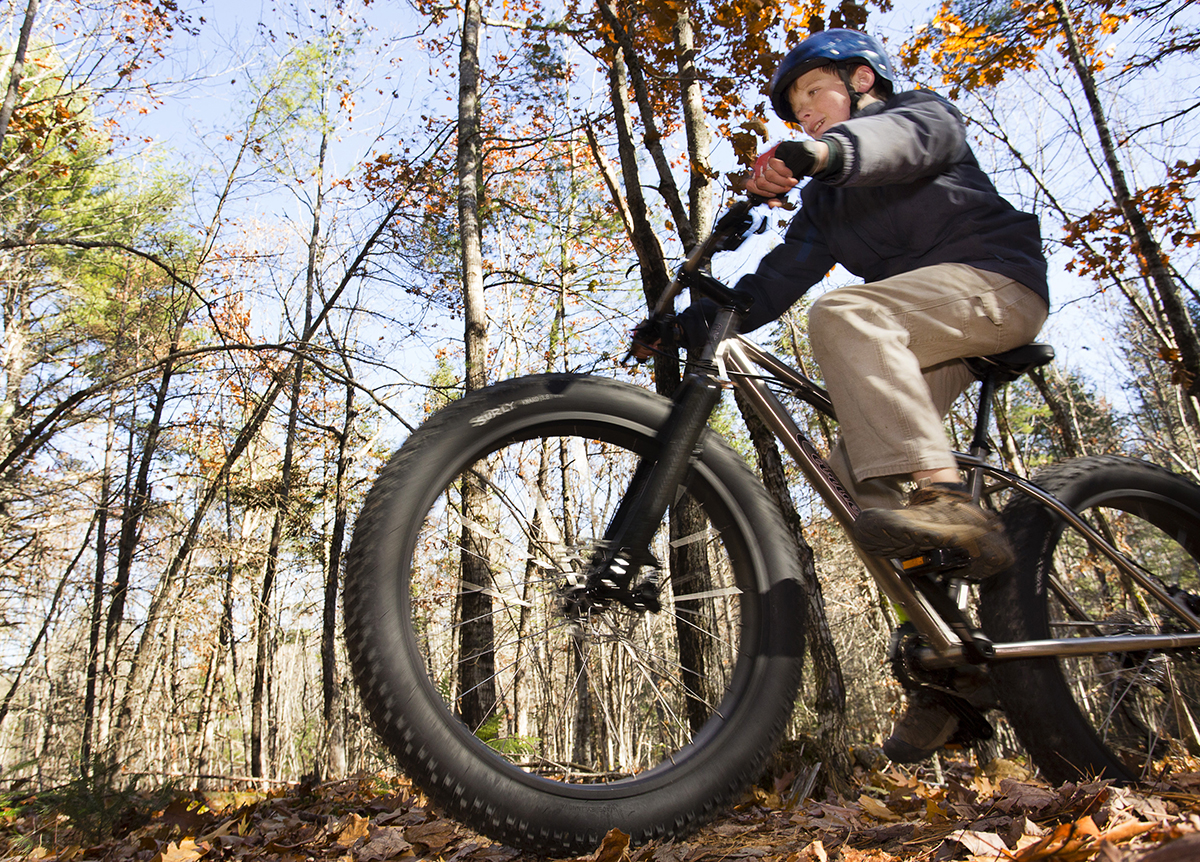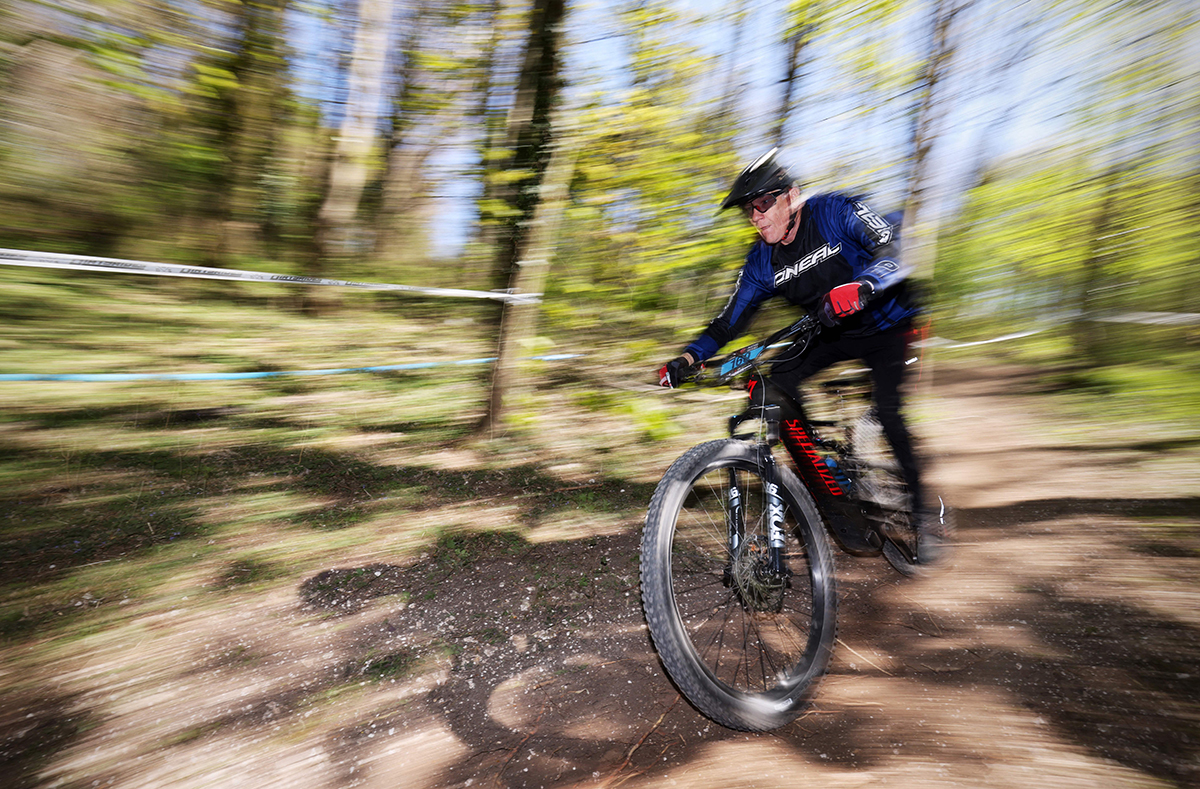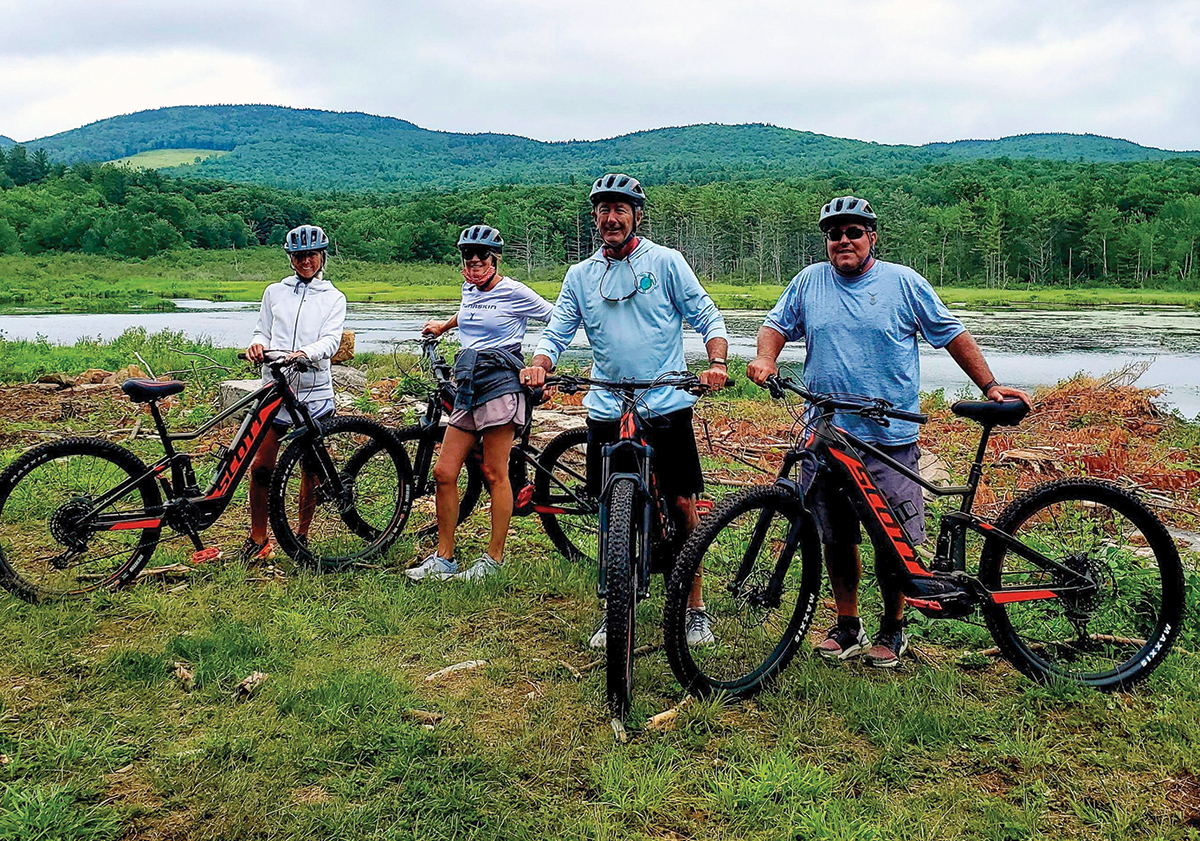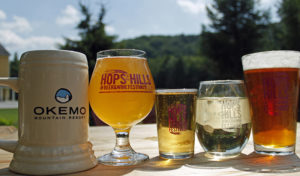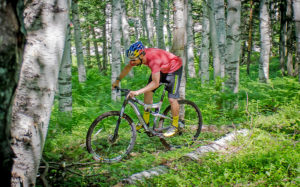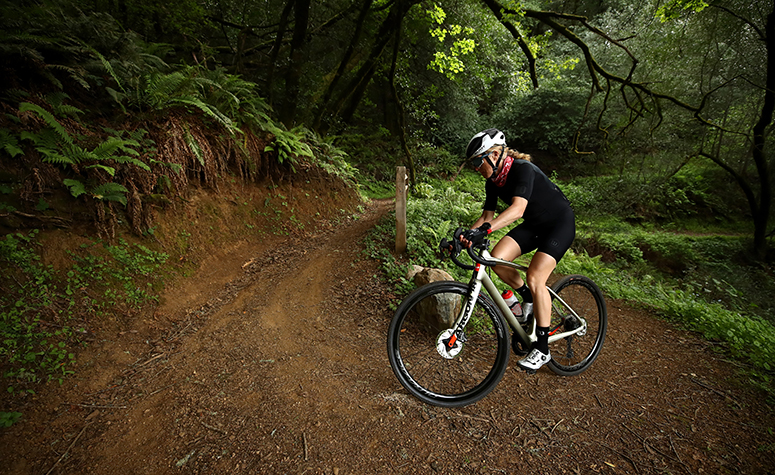
With a history dating back more than a century, the bicycle has proven to be a remarkable adaptable mode of transportation. Relatively simple in design, and human powered, they are the epitome of elegant engineering. Still, bikes have changed dramatically in the past 40 years.
More to the point, bikes have become more specialized, with designs addressing the broad spectrum of terrain. In short, form following function. Whether you’re a beginner or an expert rider, here are a handful of newer styles you might want to add to your two-wheeled collection.
Fat bikes
I have eight bikes — two road bikes, two “gravel” bikes, three cross-country mountain bikes (hardtail, softtail and full-suspension), and a fat bike. I love all of them, for many different reasons (like kids, I suppose). But if my house caught fire, and I had time to grab only one of my trusty rigs, I’d probably grab the fat bike. Why? Because of all my bikes, none have a higher “fun” factor than my Cannondale Fat CAAD.
As mentioned earlier, New England terrain is so varied that you need to match your bike to the topography. Except for the fat bike. As long as you’re not in a rush, the fat bike can handle a crazy array of ground cover, from dirt and mud to rocks and roots and even pavement. Granted, it’s not the fastest, the nimblest, or even the lightest. But it’s super stable, and the simple truth is that I cannot stop laughing while riding it. The fat bike brings me back to my youth like no other bike I own.
